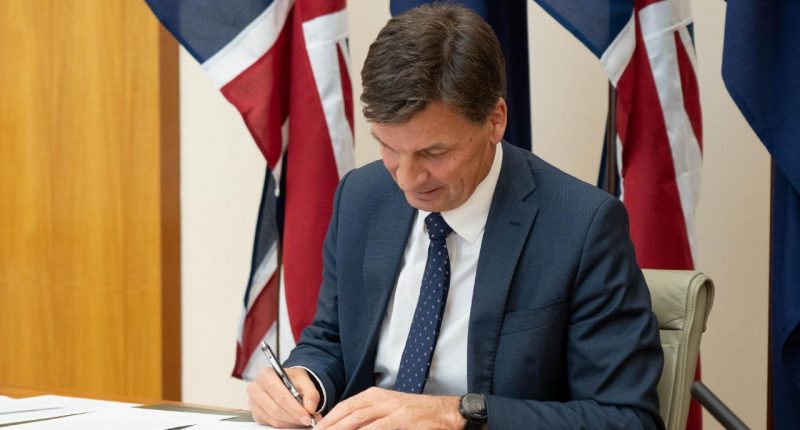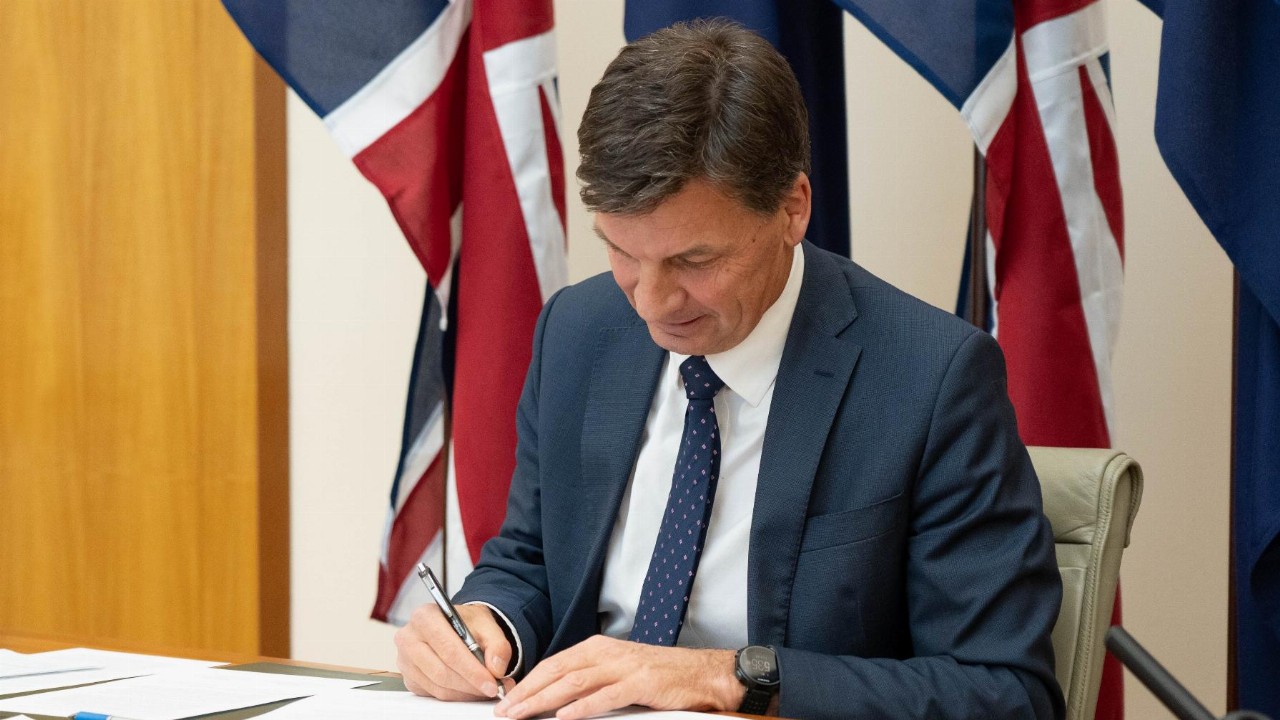- During the first year of the coronavirus pandemic, Australia’s greenhouse gas emissions decreased five per cent
- Australia’s deployment of solar and wind power is driving this continued reduction in emissions, according to the government
- Climate Council senior researcher Tim Baxter says today’s results revealed a sluggish and inadequate national response
- Energy Minister Angus Taylor says the government is investing in becoming a leader in low emissions technologies to reach emission reduction targets
During the first year of the coronavirus pandemic, Australia’s greenhouse gas emissions decreased five per cent, fuelling assertions by the federal government that it will meet its climate change targets.
According to the March 2021 Quarterly Update of Australia’s National Greenhouse Gas Inventory, emissions were 494.2 million tonnes in the year to March 2021, down 5.3 per cent or 27.8 million tonnes from the previous year.
Australia’s greenhouse gas emissions are currently 20.8 per cent lower than they were in 2005, the baseline year for the government’s 2030 Paris Agreement target.
When exports are taken out of the equation, domestic emissions are now 38.3 per cent lower than they were in 2005.
Emissions from power generation fell 5.6 per cent, or 9.7 million tonnes, in the year to March 2021, continuing a long-term, structural decrease.
Australia’s deployment of solar and wind power is driving this continued reduction in emissions, according to the government.
Since 2017, Australia has spent over $35 billion in renewables, with new wind and solar PV installed at a rate of eight and a half times the global per capita average by 2020, the report said.
Fugitive emissions decreased by 8.3 per cent, or 4.5 million tonnes, which the government said was thanks in part to the expansion of the Gorgon carbon capture and storage plant in Western Australia — despite the facility missing its targets.
Emissions from transportation decreased by 13.2 per cent or 13.1 million tonnes.
Climate Council senior researcher Tim Baxter said today’s results revealed a sluggish and inadequate national response.
“Today’s emissions data release proves the federal government’s climate response is woefully inadequate,” he said.
“They say we’re “on track” to cut emissions by one third of one percent (0.28 per cent) per year over the next decade. That is a snail’s pace — not the rapid and deep reductions we need to be making this decade.”
According to the Climate Council, Australia should strive for a 75 per cent reduction in glasshouse gas emissions below 2005 levels by 2030 in order to do its share, significantly above the 36-28 per cent current target.
This would imply a 21-fold increase in carbon reductions above what the federal government is now able to achieve.
Many nations, notably the United States (50-52 per cent), the United Kingdom (68 per cent), Canada (40-45 per cent), and Japan (46 per cent), have upped their 2030 objectives in the run-up to the next big United Nations climate conference in Glasgow in November.
Energy Minister Angus Taylor said the government is investing in becoming a leader in low emissions technologies to reach Australia’s emissions reduction targets.
“While there is still work to be done, this data shows the Government’s comprehensive suite of policies to meet its emissions reduction commitments, encourage innovation and back new and emerging low emissions technologies are working,” he said.







